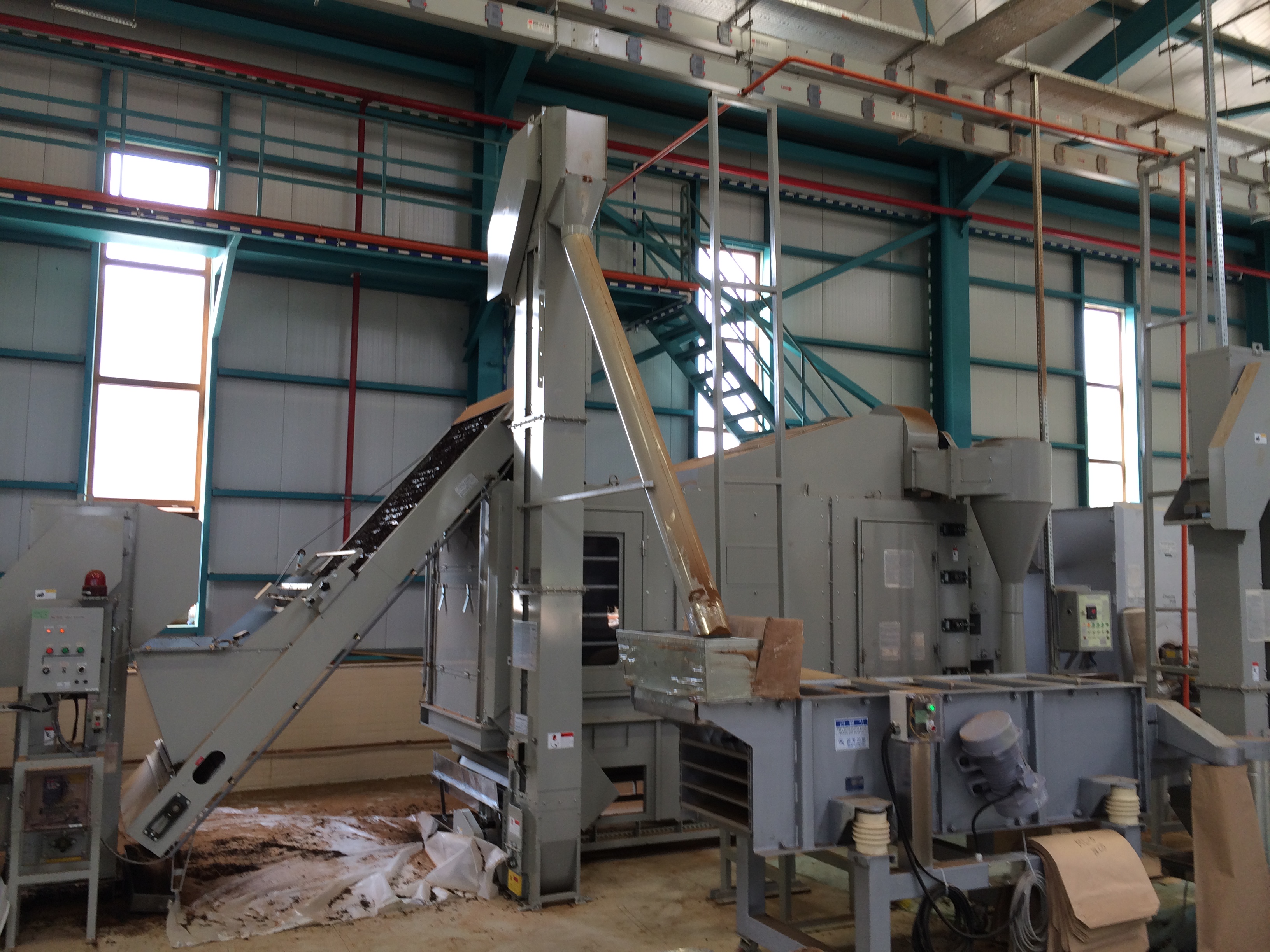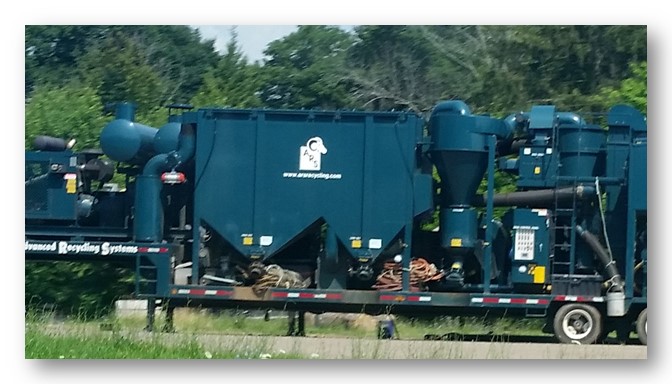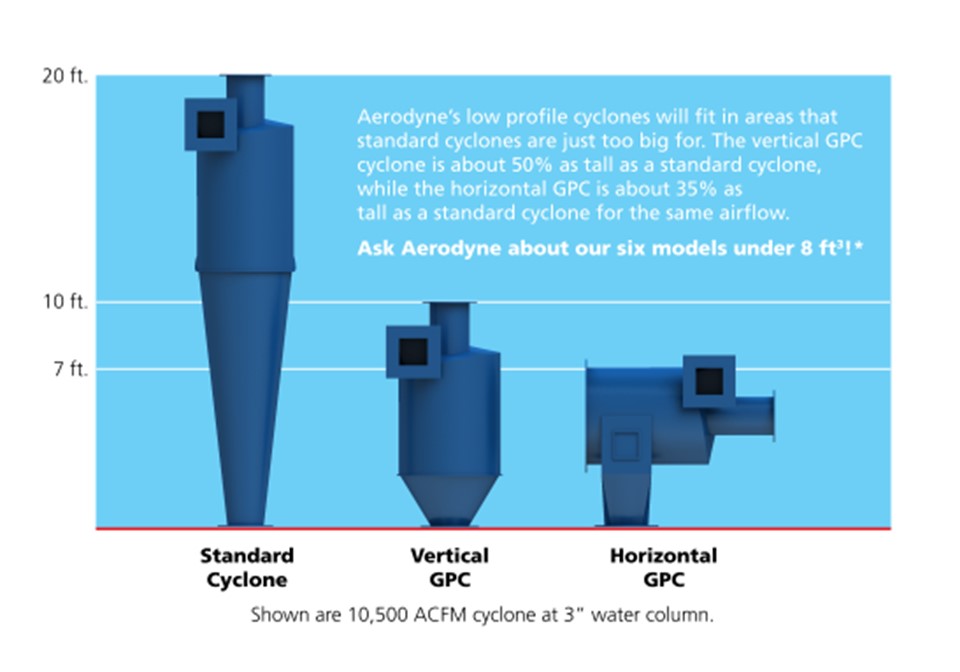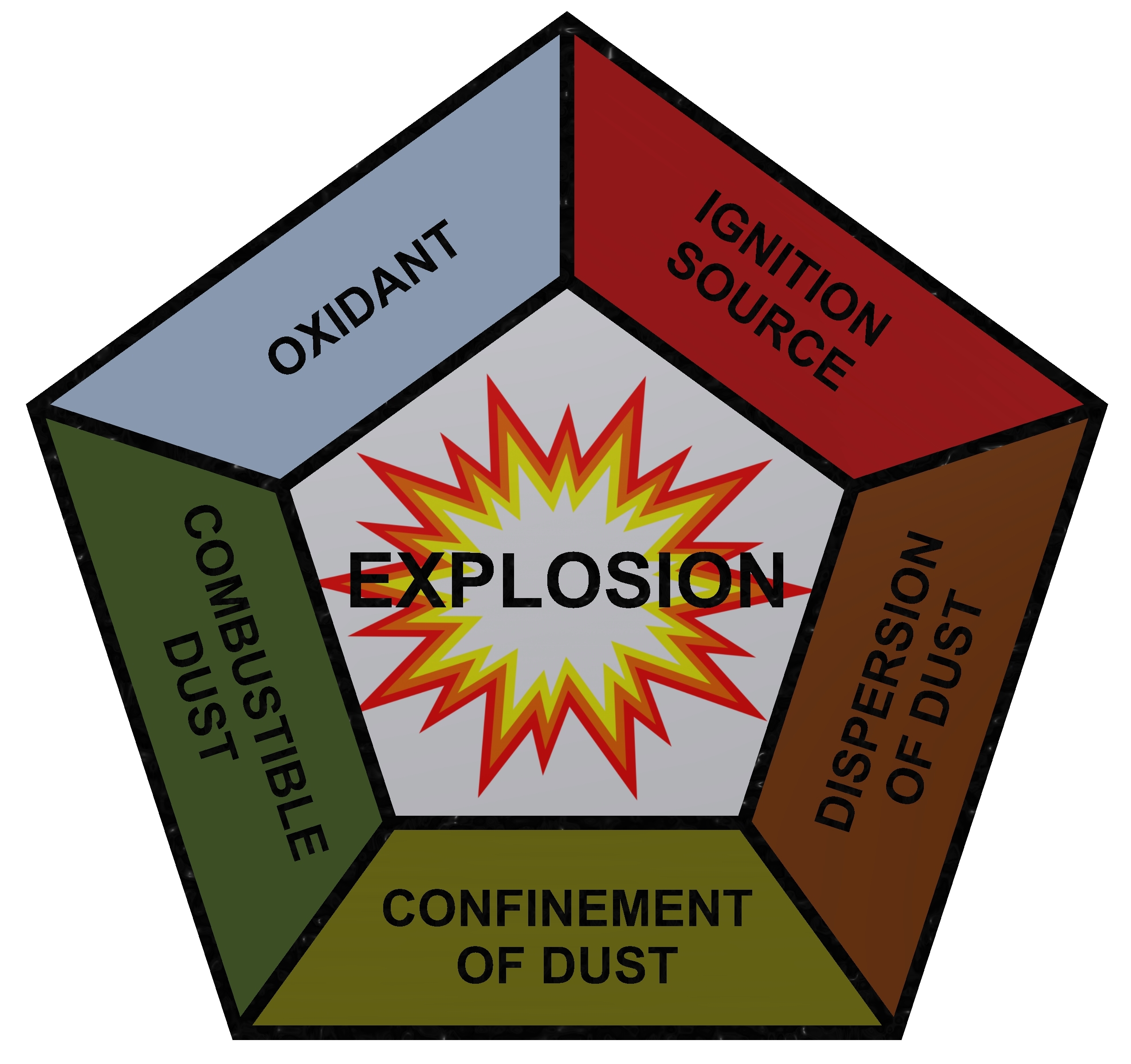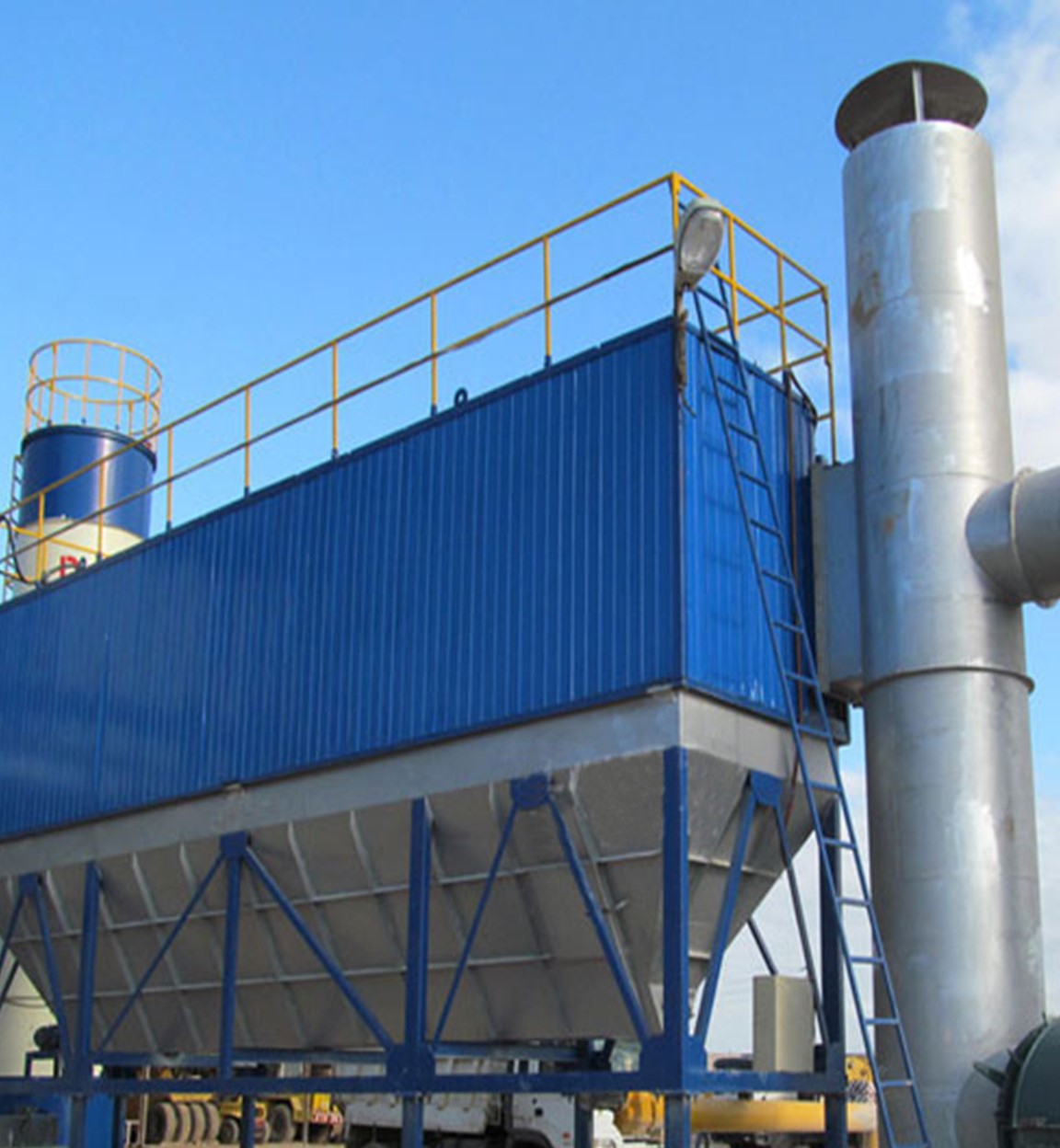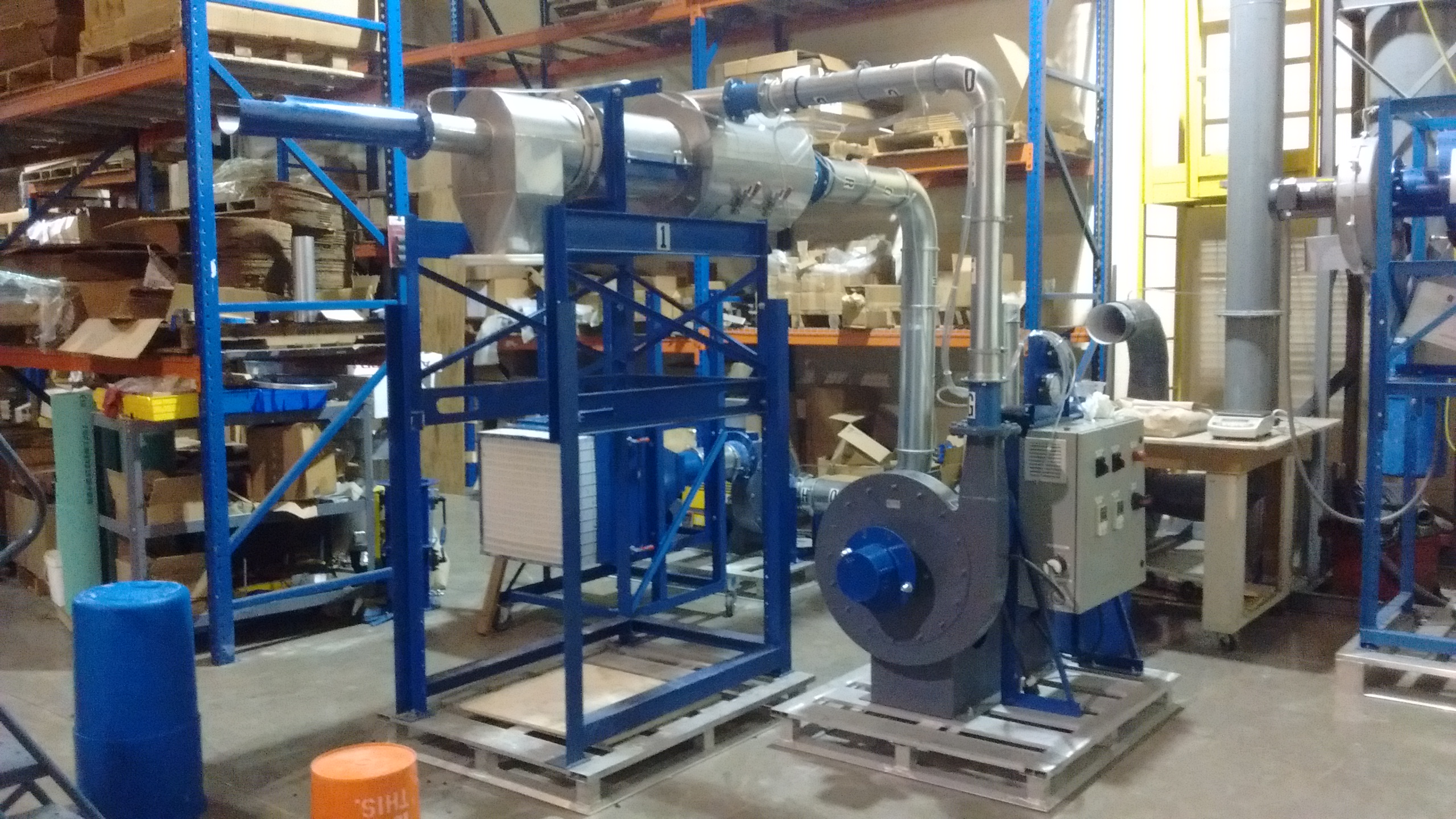When it is time to add a dust collector to your application, you have to find a place for the dust collector. This isn’t always easy. New facilities are usually designed around the equipment that is being installed. However when a system in an existing facility is modified or installed, you will have limited space to install the dust collector system. There are four factors that you should take into account when finding a place for your dust collector. (Part 1 of 4)
Explosive dust
One of the most important factors to take into account is the explosibility of the dust. If the dust is explosive you will have to make sure the location of the dust collector conforms with the appropriate NFPA specification.
The NFPA specifications require dust collectors to be located outdoors if they have explosive dust, unless specific explosion venting or mitigation equipment is being used. Even if your dust collector is located outdoors, it should still have venting, because you don’t want your collector to create shrapnel during and incident.
Explosive Vent
One of the most common and least expensive explosion protection methods is the installation of explosion vents on the dust collector. The explosion vent directs the pressure wave out of the vessel through an area, thereby controlling the explosion. This protects the dust collector from the worst of the damage.
When using explosion vents, it does matter if your dust collector is indoors out outside. When located indoors, the explosion is required to be vented outside. The vent is connected to ductwork to an opening in an outside wall or roof. When this is used, the dust collector should usually be within 5 feet of the wall.
When the dust collector is outdoors it should be orientated so that the explosion vents are directed away from the building and any other equipment. The vents should also be directed away from any walkways, roadways, and areas where employees would be. (Ex. Rally points, picnic tables, etc.)
Flameless Vent
A flameless vent can be used instead, which allows the dust collector to be installed inside without venting it outdoors. The flameless vent directs and vents the explosion as a standard vent, but it has metal fins mounted on the vent so the explosive wave travels past the fins. The metals fins rapidly cool the wave, stopping the flame, so only a hot pressure wave is left. Enough room must be left around the flameless vent so that adjacent equipment isn’t damaged. The vent area should not be an area where workers are or a walkway.
Chemical Suppression
Chemical suppression is another technology that is used to protect dust collectors from explosions. The technology uses non-explosive chemicals to flood the dust collector and prevent an explosion. Sensors located in the dust collector and the ductwork measure the temperature and pressure to monitor for an explosion. When they detect an explosion the chemical suppression system is activated.
Chemical suppression systems require yearly maintenance to make sure the system is still protected. So the sensors and chemical canisters need to be accessible for the maintenance checkups. This means platforms or open spaces for portable lifts should be located around the equipment.
To learn more about which dust collector, please contact our experts at 440-543-7400 or visit our website: www.dustcollectorhq.com.
Click below and watch our Webinar that offers a thorough explanation of the changes in NFPA 68 and how they may affect your existing system design.


